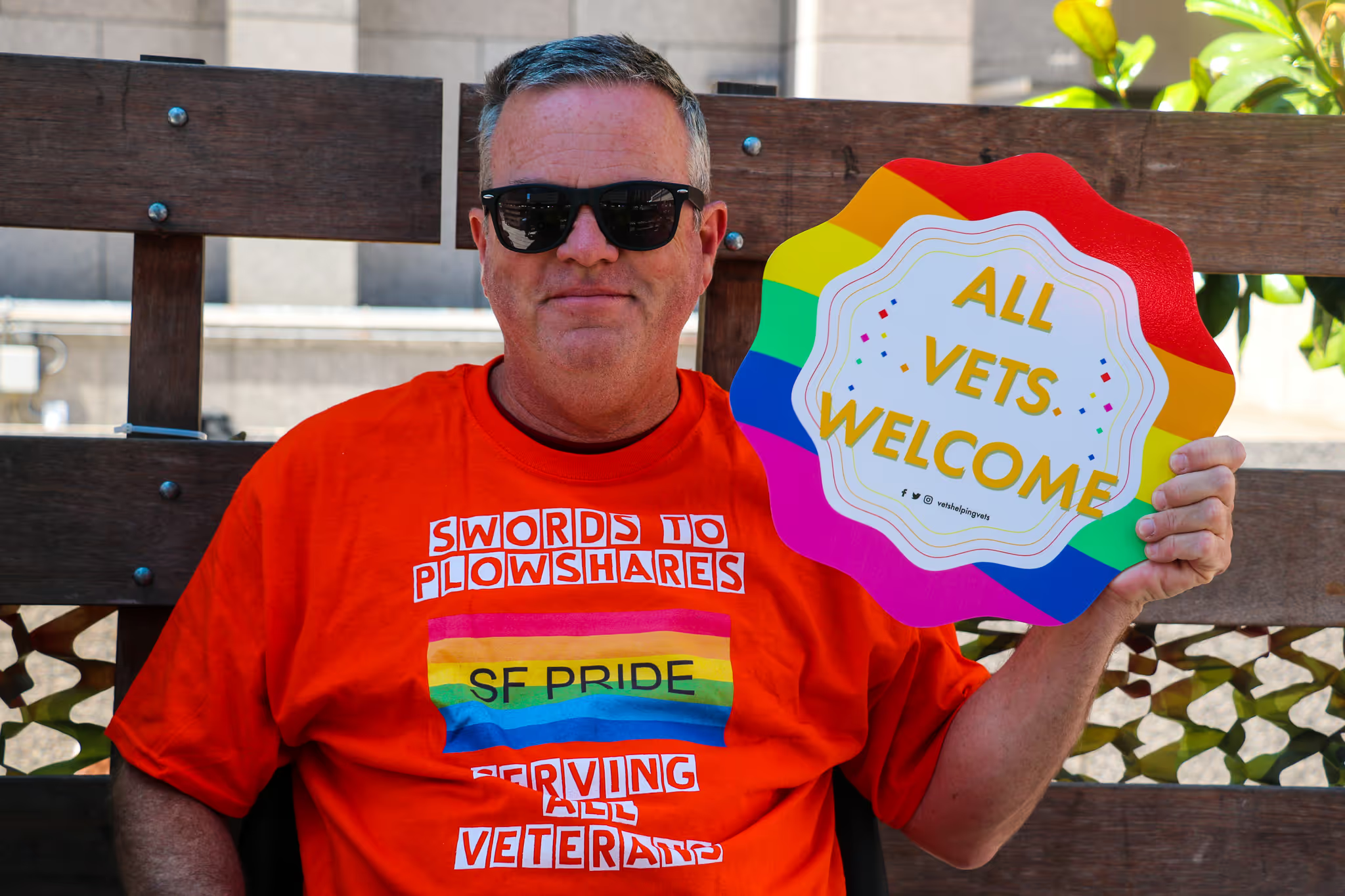It is important for providers who serve veterans to understand the various forms of paperwork that are needed when applying for the multiple state and federal benefits to which they are entitled. . These include DD-214 discharge papers, all military medical records (health and dental), and all military service records (in-service personnel records).
The VA
The VA plays and important role in veterans’ post-military lives. Early enrollment in VA care can help to prevent some of the long-term conditions that veterans may experience. Unfortunately, enrollment in VA is not automatic upon separation, and many veterans do not know how to access care from the VA. Many need help navigating the complex system of care and often do not realize that they can receive five years of VA care post-separation for free, so long as they are eligible. (More on that in the military discharges section and in our chapter on VA benefits and access to care.)
Social Environment and Veteran Well-Being
.png)
It is important to understand the multiple influences on veteran well-being. This can be best understood using the Social-Ecological model, which is a framework based on the notion that an individual’s social environment (e.g., family and community) is an important influence on their health and behavior. The model’s four tiers—the individual, family, community, and the institution—interact and mutually influence one another. Veterans can rely on family, friends, the broader community, non-profits and government agencies to ease the transition from military to civilian life. The more that all of these components of their social environment possess knowledge of veteran culture, the better the outcomes for veterans, and therefore the better outcomes we can see for their families and communities.
Recommended Reading to Share with a Veteran:
Requesting Copies of Military Records
You can order your records online or by mail. Here’s how.
Combat/Military Experience Effects on Civilian Life
When veterans return to civilian life, their experiences during combat, deployment, on base, and in training can directly and indirectly influence their health and well-being. Therefore, you can best provide quality interventions and services if you recognize the relationship between those military experiences and adverse health outcomes. The fast-paced separation from the military may feature a “transition” program, but those programs vary by branch and often may provide only a brief cursory overview or a series of checklists that do not provide context to issues that may emerge during transition or later in life.
Often providers think of transition to community as a defined time period, but many veterans state it is a lifelong process. Stepping back into the civilian world can be a major undertaking and often veterans are ill-prepared when issues related to service emerge. Often, only when facing the stress of returning to civilian life, difficult family dynamics, anxiety, or serious mental health symptoms do veterans seek support or access to resources. And too often, because of stigma or a lack of appropriate resources, veterans do not access services until they are in crisis. It is important for providers to identify front-end interventions to prevent a crisis situation.
A NOTE ON MILITARY-CONNECTED STRESS AND INJURIES
Veterans may experience a unique range of service-connected illness and injuries. Thus, it’s important to understand how they can impact a veteran’s health, behavior, and well-being. It is particularly important to understand how the experiences of both military and trauma differ among specific demographics of veterans and how to ensure that these groups have access to healthcare and supportive services that meet their unique needs. That said, while striving to understand the unique health challenges veterans may face, it is also important to remember that a majority of veterans do not have significant illness or injuries; and it’s important to dispel this myth when engaging with veterans. We won’t get into mental and physical health conditions here, but you can visit our chapters on mental and physical health for more information.






